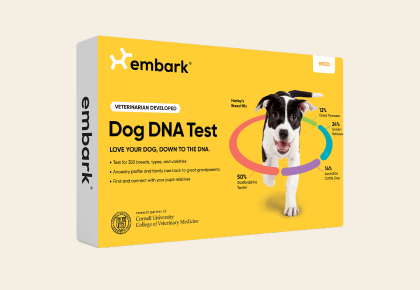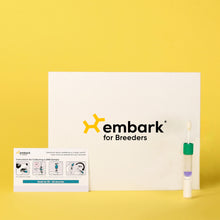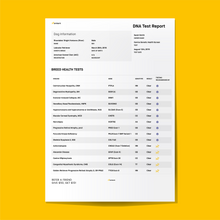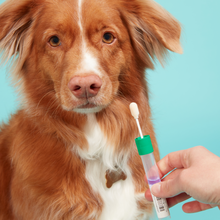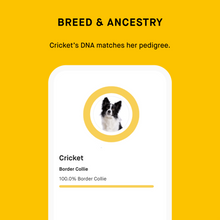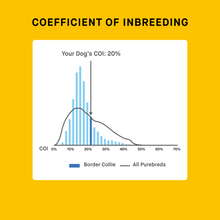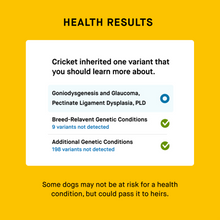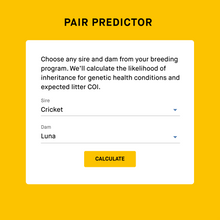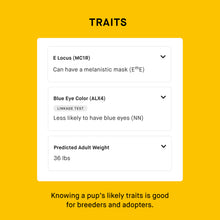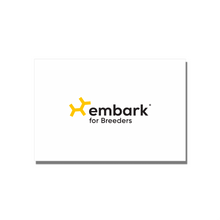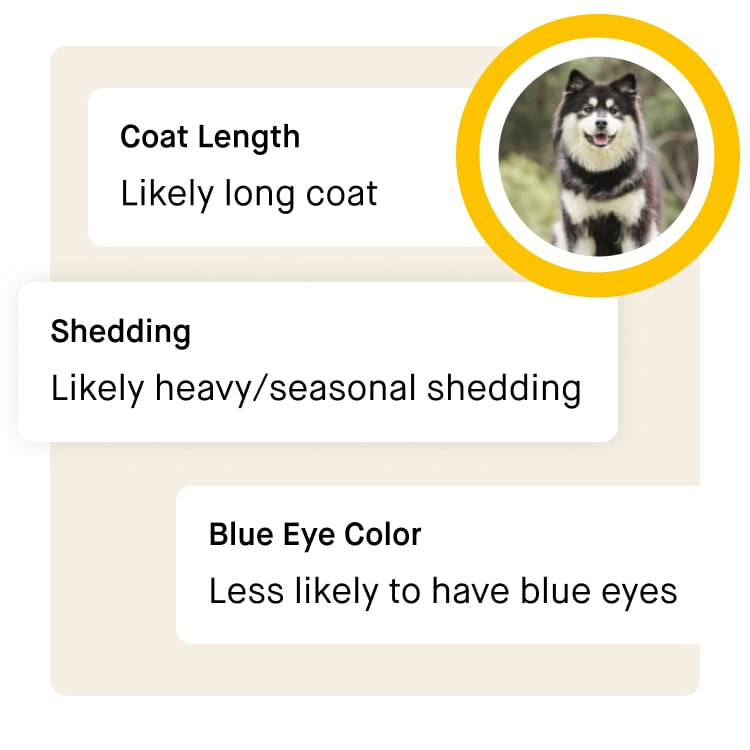
- Breed-relevant health screenings
- Exclusive breeder tools
- Measure genetic diversity
- OFA submission report
- Predicted adult weight
- Support from genetic specialists
- Trait insights
- Ancestry breakdown
Results & tools
Exclusive breeder tools
Developed for breeders, by breeders
Health screening
For 250+ genetic health risks
Genetic diversity
COI and DLA measurements for every dog
Breed ancestry results
350+ Breeds
Trait insights
35+ traits tested
How it works
-
 1. Swab
1. SwabGently swab the inside of your dog’s cheek pouch and under the tongue to collect saliva for at least 30 seconds.
-
 2. Activate & mail
2. Activate & mailActivate each kit online and send samples to our lab in their prepaid envelopes. Note: Samples remain stable for at least 6 months. However, kits expire two years after purchase, so please plan accordingly.
-
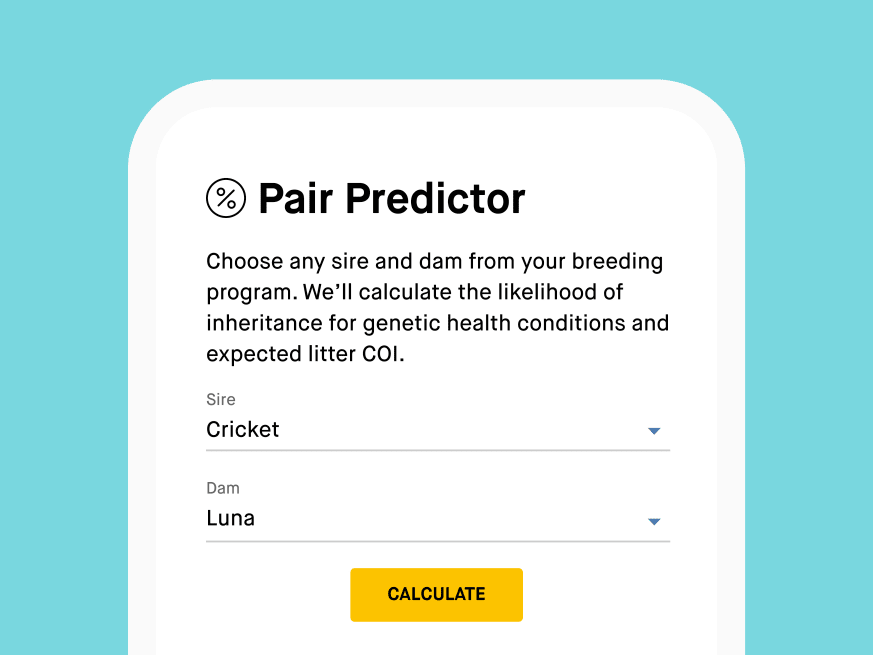 3. Results in 2-4 weeks
3. Results in 2-4 weeksWe'll notify you by email when results are ready. Take advantage of exclusive breeder tools for every dog you have tested.
The dog DNA test breeders trust
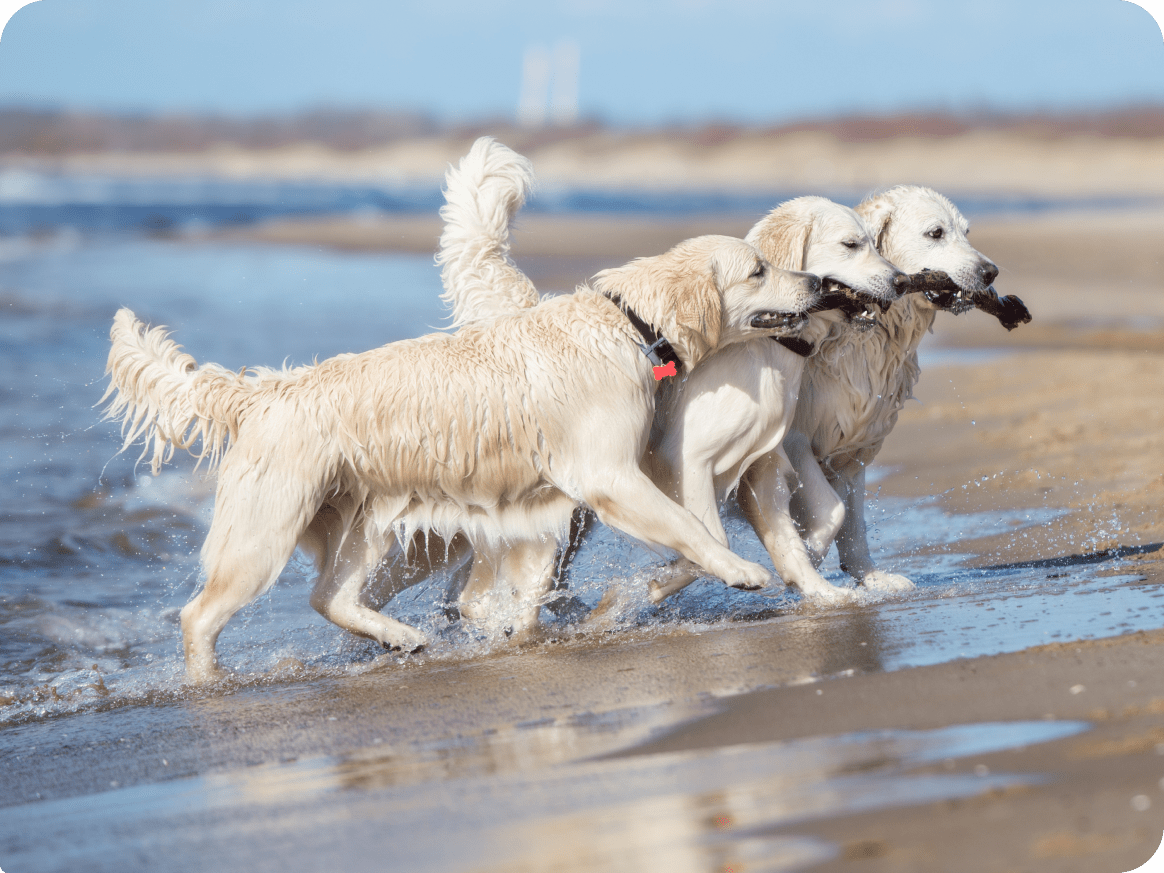
A great tool
"I use Embark to test all my potential breeding dogs. It is a great tool to make the right breeding decisions. I encourage other breeders to use Embark - the more we know about our dog's health, the better breeding decisions we can make to improve our breed."
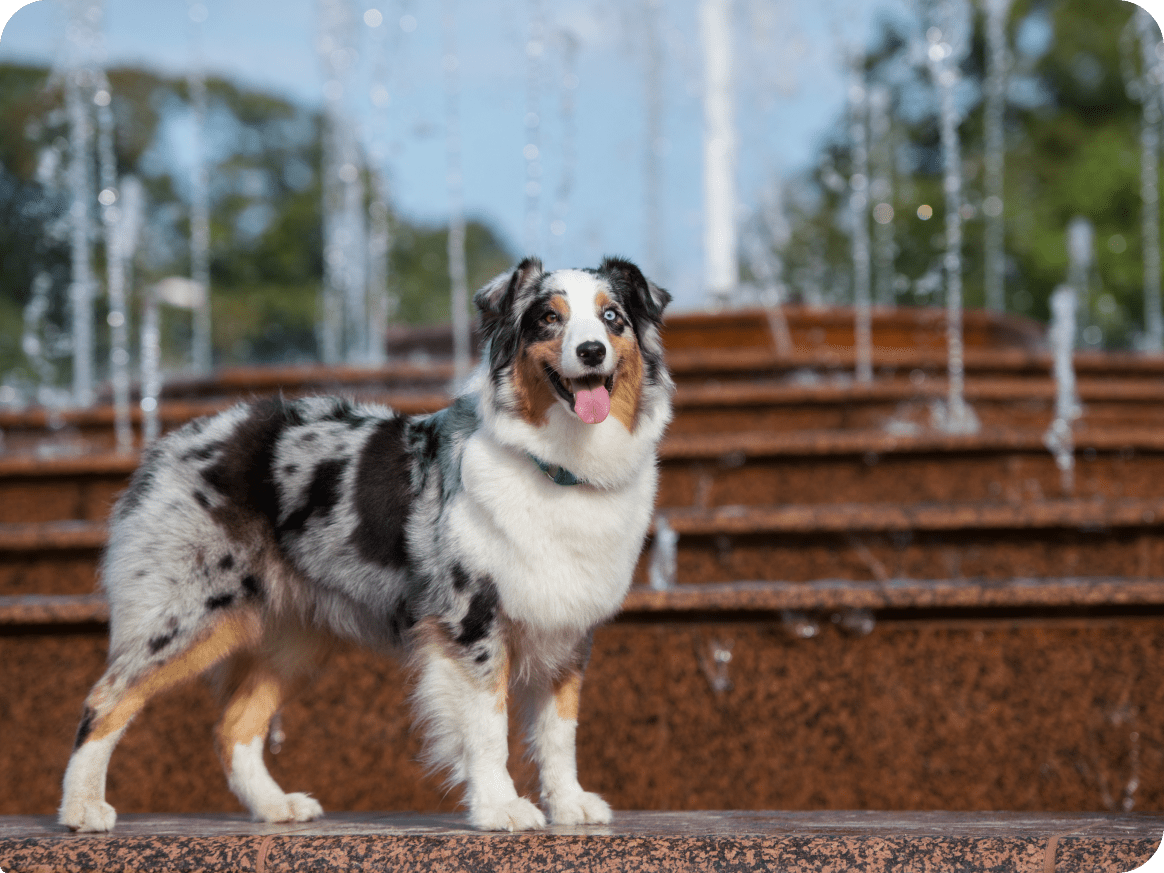
Making me a better breeder
"Embark has been a crucial component in making me a better breeder. As a breeder of Australian Shepherds, there are many genetic health issues and color/trait genetics to consider before pairing two parents together. Having this knowledge can help provide a healthy puppy to an anxiously awaiting family and change their whole life!"



